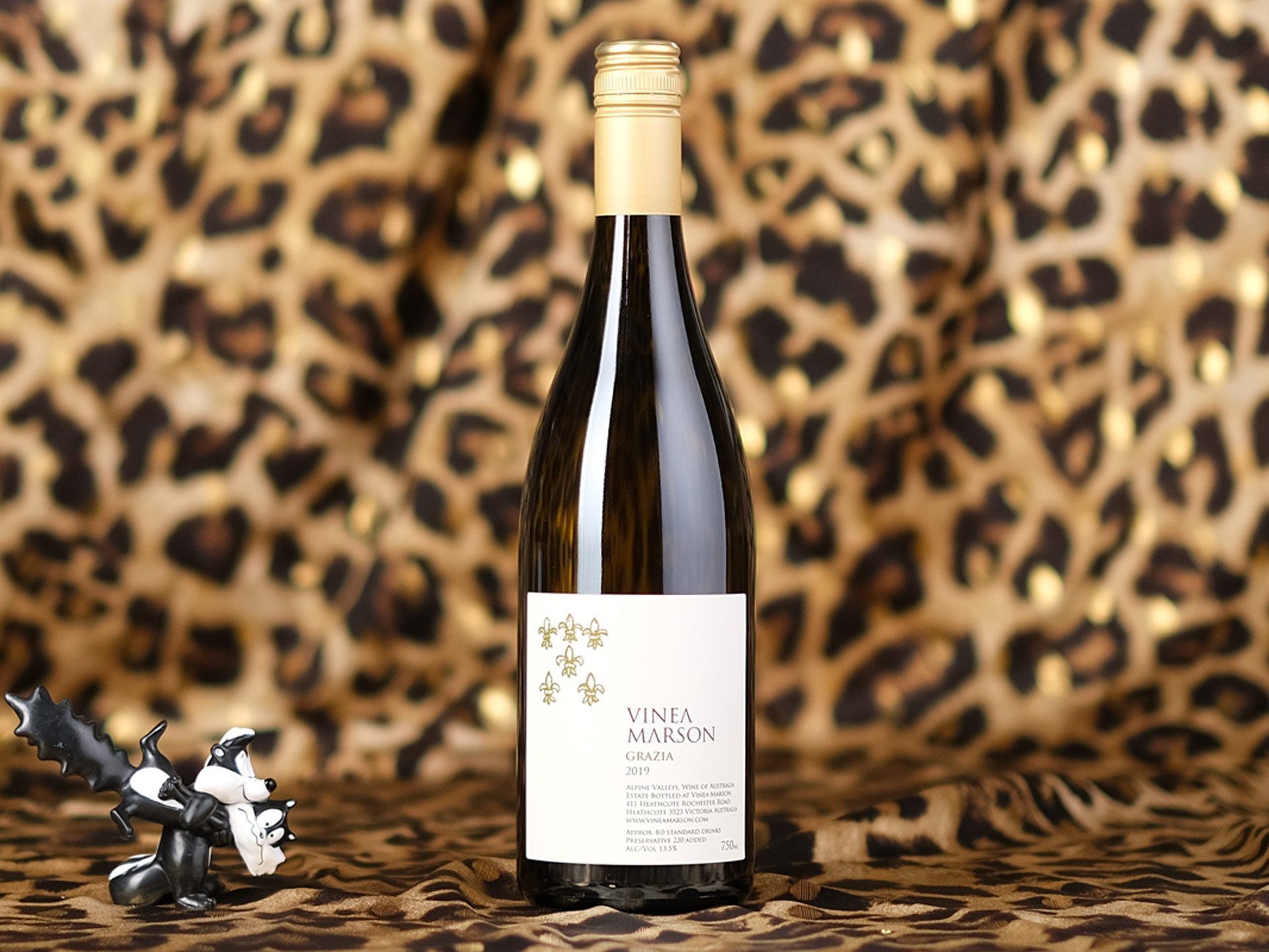Mario Marson has been working with both classic French and Italian varieties in his Heathcote vineyard, but he heads to cooler territory for the Grazia. This is somewhat of a tribute to his heritage, embodying the Friulian penchant for blending white grapes to make a satisfying whole.
Tasting note
Pinot bianco, friulano, malvasia istriana and picolit comprise the blend, with fermentation and time in old barrel bringing them together. Lemon balm, quince, ginger, white peach, yellow grapefruit pith and custard apple all feature on a nose that has a distinctly smoky, complex overlay, as well as a hint of blackcurrant leaf, likely from the friulano. Textural and layered, this closes fresh and silken.
Themes of this wine
Alpine Valleys
In Victoria’s north-east, the Alpine Valleys is a relatively modest wine region, with around 260 hectares planted compared to its neighbour to the east, the King Valley, with over 1,500 hectares. As the name suggests, this is generally lofty territory, with a large diurnal temperature range due to the continental climate. Prosecco is the most planted variety, with chardonnay, pinot noir, pinot gris and sauvignon blanc filling out the top five. Outside of those familiar grapes, an increase in emerging varieties is seeing new heroes slowly emerge, such as pinot blanc, fiano and friulano.
Pinot Blanc/Bianco
A genetic mutation of pinot noir, pinot blanc likely evolved in Burgundy, then migrated to Alsace and Champagne, where it is still allowed to be used, though it’s barely present in vineyards. Pinot blanc is still nominally allowed in Burgundy, but, again, there are only vestiges of it there. It is in Alsace that the grape has the greatest identity. Not an overly intense or aromatic variety, it tends to exhibit aromas of white pear, golden apple and white florals. The palate can be simple and light-bodied or taken to quite full richness, such as you might see in Friulian wines in Italy’s north-east.
Friulano
Friulano is revered in its home region of Friuli in Italy, and across the border in Slovenia, but it’s barely grown outside of it, except for vineyards in Chile that were long thought to be sauvignon blanc. Friulano can be made quite fine and elegant, displaying notes of soft herbs, wild grasses, citrus and pear, with minerality channelled well into the wine, but it can also be relatively rich, with those gentle herbal notes persisting, but riper and cooked pears, and even white stone fruit can chime in.
Malvasia istriana
Hailing from the Istrian Peninsula, malvasia istriana (malvasia is a broad group of grapes) is best known as a white grape from Italy, Croatia and Slovenia. The style of wines made from istriana is quite diverse, with ripeness and use of skin contact creating quite different profiles, but the flavours tend to be in an orchard realm, with apple and some stone fruit, with gentle apricot and peach notes, while straw and white florals are also common descriptors. The wines can become honeyed and nutty with age, especially if on the riper side.
Picolit
Picolit is a relatively rare grape even in its native Italian region of Friuli–Venezia Giulia, with less than 130 hectares planted. It is a low yielding vine and retains acidity well. It is often dried to make passito-style sweet wines.



